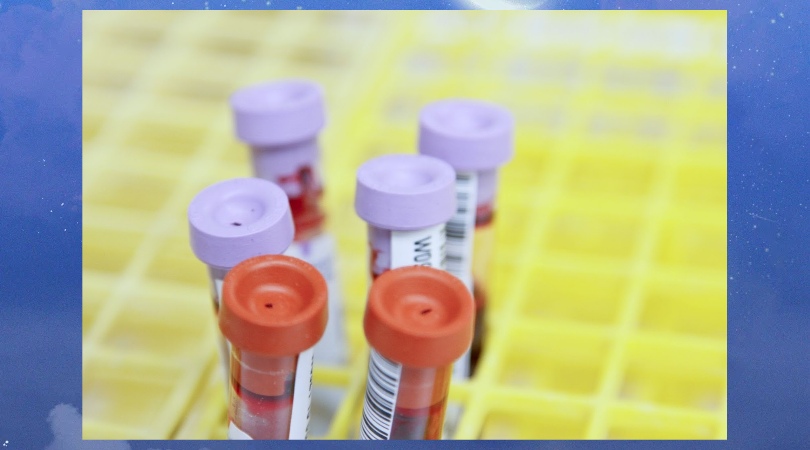Over the past few years, cord blood banking has grown in popularity, and you may have seen material about it at your doctor’s office.
When choosing whether to privately preserve your child’s cord blood for your own use or donate it for public access, there are various considerations to consider.
There are several differences between public and private cord blood banks that you must consider before deciding. Keep reading to know the differences.
Table of Contents
Differences Between Public and Private Cord Blood Banking:

Give below are 5 differences between public and private cord blood banks that you must consider before storing your child’s cord blood:
1. Difference In Definitions
Public Banks: For use by patients needing stem cell transplants, public cord blood banks collect and preserve donated cord blood stem cells. The patient receiving the cord blood receives it anonymously, and no information about your child is given to them.
It is impossible to determine if you are a close enough match to your child’s cord blood donor to participate in this kind of stem cell donation.
Private Banks: On the other hand, private cord blood banking is a service where parents pay to save their baby’s cord blood for later use by themselves or a relative.
The cord blood is “owned” by the family, who may decide on the most important details about its usage.
2. Availability For Public Use
Public Banks: As the name suggests, when you store your child’s cord blood in a public bank, you make it available for public usage. This blood can be used to treat other patients who require a transplant.
In addition, this cord blood is used for research and developments in the same field. Therefore, donating your baby’s cord blood to a public bank can help others in need. At the same time, you can support further developments, innovations and discoveries in the field and usage of cord blood.
Public Banks: It is advised to store your baby’s cord blood in a private bank when you have another child with regenerative health issues or close kin with issues that can be treated with your child’s stem cells.
These banks keep the cord blood from your childbirth safe and secure. It stays under supervised conditions so that you can use it whenever required.
3. Costs Of Storing
Public Banks: Public cord banks are available around-the-clock, 365 days a year, and don’t charge anything for storage. A cord bank may potentially use cord blood donations to conduct studies on how newborns are born and how their brains grow.
Private Banks: According to research published in the Journal of Clinical Medicine, parents who bank their child’s umbilical cord blood will shell out between $300 and $2,300 for collection, processing, and initial storage. According to studies, parents who choose private cord blood banking often pay storage costs of $3,000 to $5,000 yearly.
However, some private banks may keep the cord blood without charge if you have a relative with the condition that might be cured with stem cells.
4. Standard Checks And Procedures
Public Banks: Giving your baby’s cord blood to a public bank is free. However, public banks only store cord blood if it is sterile and has enough stem cells to be used in therapy. All these checks are measured following stringent quality assurance and FDA standards. In addition, on the Be The Match® Registry, cord blood is accessible to any patient needing a transplant.
Private Banks: All you need to do to store cord blood in a private bank is pay. You pay collection and continuing storage costs when you keep your baby’s cord blood in a private cord blood bank, and it is only available for your exclusive use. Private banks are not obligated to follow the same quality and sterility standards as public banks since cord blood is being stored for personal purposes.
Large volumes of cord blood are being kept in storage by private firms to make sure they have enough stem cells for transplantation in the future.
5. Getting Stem Cells When Needed
Public Banks: When you store cord blood in a public bank, you lose its ownership. Therefore, you might not get your child’s cord blood when you need these stem cells for a transplant.
Additionally, you have to pay a cost when receiving the cord blood that matches the patient when you store blood in public banks.
Private Banks: With private banks, you have complete ownership of the cord blood; therefore, you can get it whenever required. For this, you do not have to pay any additional charges since you’re already paying to store the blood in a private bank.
Where Should You Store?
One of the most important questions:
Cord blood and its usage are still being studied and are in the experimental stage. Therefore, for current parents, it is often advised they store this regenerative magic blood from their child’s umbilical cord in a public bank.
This will help researchers further their studies and discover more ways these stem cells can be used to ensure a better future.
Visit for More Best Articles





